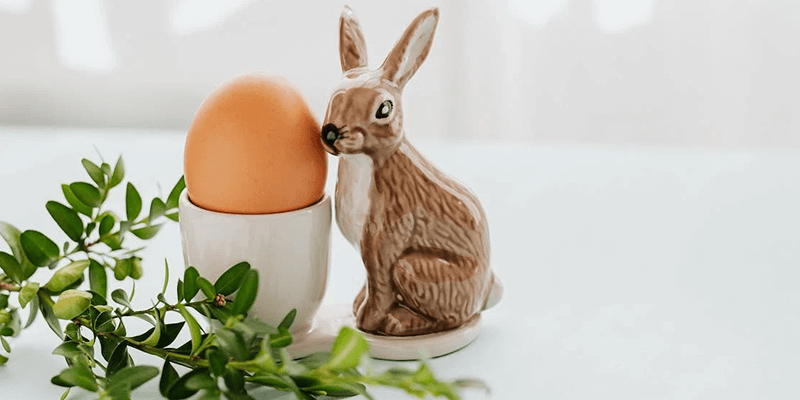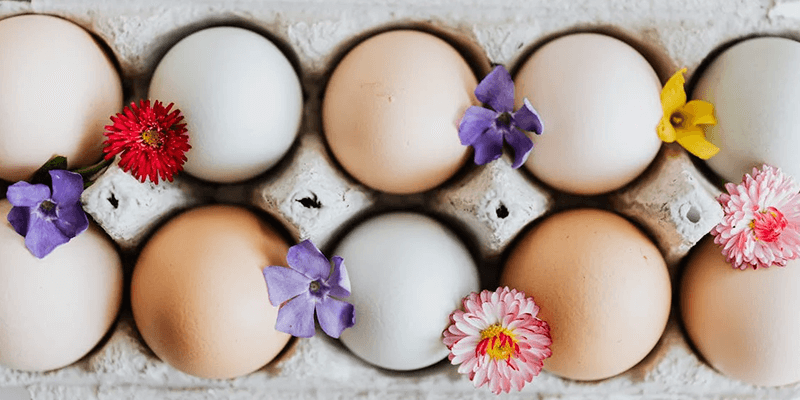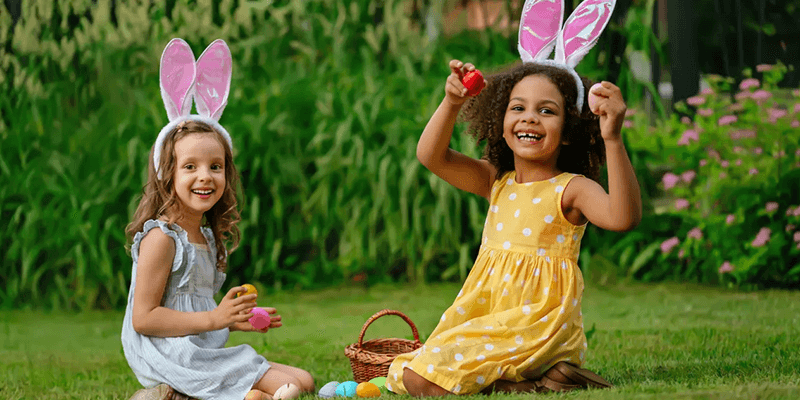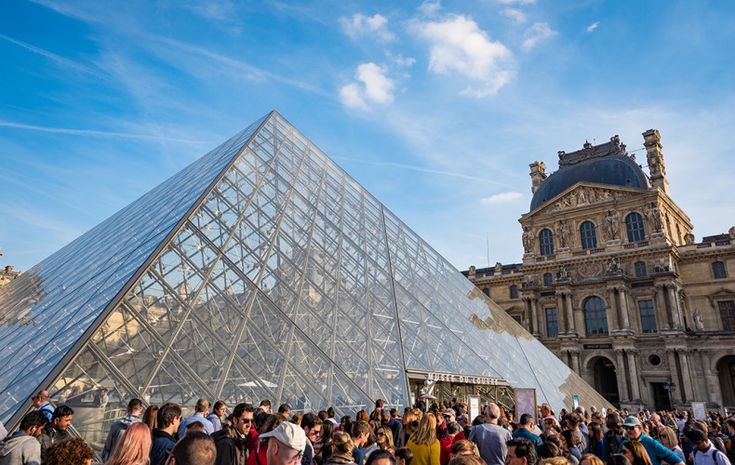Unveiling Egg-ceptional Easter Facts You Never Knew!

Every year, Easter comes bearing all the beautiful traditions like delicious ham dinner, decorative eggs, cheerful baskets and dyed eggs! We celebrate these generational traditions wholeheartedly without even thinking about where it all started and the history behind each Easter tradition we celebrate. As you know, Easter is hopping down the bunny trail quicker than the speedy hare. This beautiful holiday will fall this year on Sunday, March 31st, so mark your calendar if you haven’t already! While the central story of Jesus’ demise and resurrection is familiar to those who celebrate, there are a lot of people who might not know about the unique traditions and meaningful symbolism that surrounds this special Sunday.
Holidays like Christmas, St. Patrick’s Day, and Valentine’s Day started off as a solely religious observation that has taken on tons of secular meaning, so plenty of people who aren’t regular churchgoers enjoy other aspects of the festivities as well. Between the cute bunny rabbits, spring-forward decorations, and a hefty amount of chocolate, the celebration has evolved over the years with a whole lotta customs, both new and old. Before you devour a delicious Easter brunch or indulge in some fun Easter day activity, take a moment to learn about this culturally rich holiday, which includes its special foods, funny superstitions, and history behind dyed eggs. You never know, they might make great fodder for conversation and insightful Instagram captions. You can also enlighten yourself by killing this year’s Easter trivia to impress your family and friends with the lesser-known facts behind some of your favourite traditions.
Ham is an Easter Dinner Staple

From spiral-cut to baked, ham is often the star of the Easter dinner and brunch tables. But have you ever pondered why we eat ham on Easter Sunday? Just like Turkey at Thanksgiving, Prime rib at Christmas, and Brisket at Hanukkah, these Holiday food pairings make each one extra special and something delicious to look forward to each year. And when it’s Easter, the holiday dinner is all about the Easter ham. But did you know that lamb was actually the more traditional meat option on Easter? This tradition stems from the sacrificial lamb within Abrahamic religions. Ham became popular much later, perhaps as late as the final quarter of the 19th century.
The History Behind Easter Lilies

Lillies are mentioned in the Bible several times. Some think that it is because white lilies sprouted in the Garden of Eden as Eve’s guilt-ridden tears fell to the ground. There are also theories that Easter lilies grew where Jesus’ tears and blood fell from the cross, and lilies were supposedly found in the Garden of Gethsemane after the crucifixion. Another reason for the association of Lilies with Easter is because they signify purity, renewal, and the resurrection of Jesus Christ in Christian traditions. Additionally, their blooming coincides with Easter in many parts of the world, further cementing their connection to the holiday. The white lilies depict hope and rebirth, two important themes of the Easter celebration.
Easter Eggs have Medieval Origins

The world is preparing to celebrate Easter in its full swing, and rightly so, because it is the most important day in Christianity. Easter eggs originated in medieval Europe but may have been unrelated to any Christian tradition. Some historians believe Easter eggs came from Anglo-Saxon festivals in the spring to celebrate the pagan goddess Eostre. The namesake of Easter may have been a goddess representing the dawn of spring. During the festival, eggs were buried and eaten. Eggs are believed to be a symbol of fertility and the rebirth of nature after the dead of winter. There is also a game that a priest would play with choir boys. He would give one of the choir boys a hard-boiled egg, and the boys would pass it among themselves until the clock hit midnight, when whoever ended up with an egg got to eat it.
Easter Clothes were Considered a Good Luck

Different Christian denominations have different traditions, but many agree that new clothes represent a new life in Christ. In medieval times, Christ’s followers were baptized and were told to wear new white clothes for some time after baptism to demonstrate their commitment to their new way of life. Hence, wearing new clothes on Easter Sunday is believed to bring good luck. It is also an old superstition that if you wore new clothes on Easter, you would have good luck for the rest of the year. Easter clothes may or may not bring good luck, but it’s essential to celebrate this occasion in its full glory, so don’t shy away from flaunting your new clothes this Easter.
Easter Dyed Eggs Represent the Blood of Jesus Christ

Easter is the principal festival of the Christian church, it is a celebration of the Resurrection of Jesus Christ on the third day after his crucifixion. But the question remains constant! Where do the dyed eggs come from? The tradition of dyeing and decorating Easter eggs is ancient, and its origin is mystifying, but it has been practiced in both the Eastern Orthodox and the Western churches for ages now. The church prohibited eating eggs during Holy Week; however, the chickens continued to lay eggs during that week, and the notion of specially identifying those as Holy Week eggs brought about their decoration. The egg itself became a symbol of the Resurrection. Just as Jesus rose from the tomb, the egg symbolized new life emerging from the eggshell. In the Orthodox tradition, eggs are painted red to symbolize the blood that Jesus shed on the cross. The egg-coloring tradition has continued even in modern secular nations. For example, the White House Easter Egg Roll has been held in the United States, with some interruptions, on the Monday following Easter since 1878. So, to keep this tradition alive, make the most of it and celebrate the beautiful day at top vouchers code by indulging in this fun activity.
Related Categories
Business
Clothing & Apparel
Digital Marketing
Education
Electronics
Entertainment
Events
Fashion
Finance & Insurance
Flowers & Gifts
Food & Beverage
Games & Toys
Health & Beauty
Home and Garden
Jewelry and Watches
Occasions
Pet
Services
Shopping
Sports And Outdoors
Technology
Telecommunications
Travel
Uncategorized
Women's Clothing



